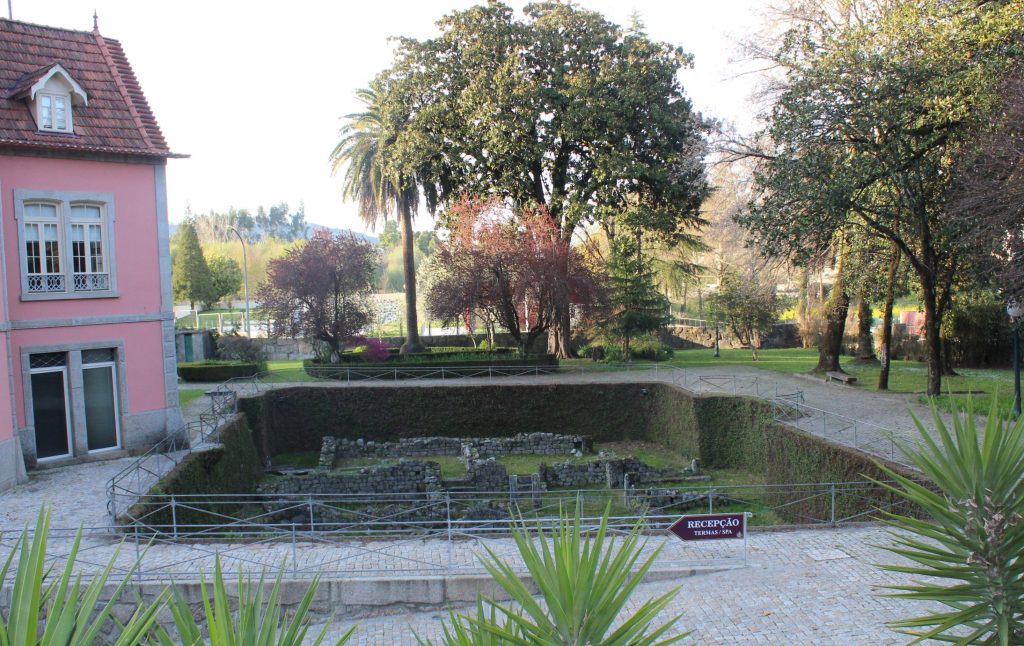10tum etiam cucurbitae recorporatiuae adhibendae thoraci atque interscapulo, dehinc dropax, paroptesis, heliosis, sinapismus, acopa, recorporatiua malagmata, ut est diadaphnidon, dialoe⟨s⟩ uel diaeuphorbiu, dehinc nauigatio atque peregrinatio terrena et potio theriacae antidoti et aquarum naturaliumAguas con propiedades salutíferas naturales (con temperatura y composición), no calentadas ni creadas artificialmente. Término muy utilizado para designar las aguas mineromedicinales. usus, quarum praestant in Italia Cotiliae appellatae siue Albae uel Nepesinae, tum etiam cataclysmusChorros de agua ¿fríos?, hoc est aquarum illisioDuchas de agua superne, iisdem locis, qui patiuntur. utilis denique maritima et plurima mare tenus conversation atque consuetudo frigidi lavacriBaño, bañera, pileta para el baño. Sala para bañarse o limpiarse, en ocasiones, relacionado con un baño pequeño o BALNEUM, dentro de una domus, situado casi siempre al lado de..., quam psychrolusianBaños en agua fría appellant.
10In addition, apply metasyncritic cupping to the chest and between the shoulder blades; and prescribe pitch plasters, applications of intense heat, sun-bathing, mustard plasters, restorative ointments, and such metasyncritic emollient plasters as the so-called plasters of bayberries, aloes, or spurge. The following prescriptions are also beneficial: a trip by land or water; the drinking of the theriac antidote; the use of natural waters, of which the best in Italy are the Cutilian, Alban, and Nepesine springs; and the shower bath, i.e., the playing of a stream of water from above upon the affected parts. Finally, frequent sea trips and sojourning at the seashore, as well as the habit of taking cold baths (Greek psychrolusiaBaños en agua fría), will prove beneficial.
Commentary
Tratamientos para el asma, entre los que se incluye el agua con propiedades medicinales. Menciona balnearios que son buenos para esta dolencia.


